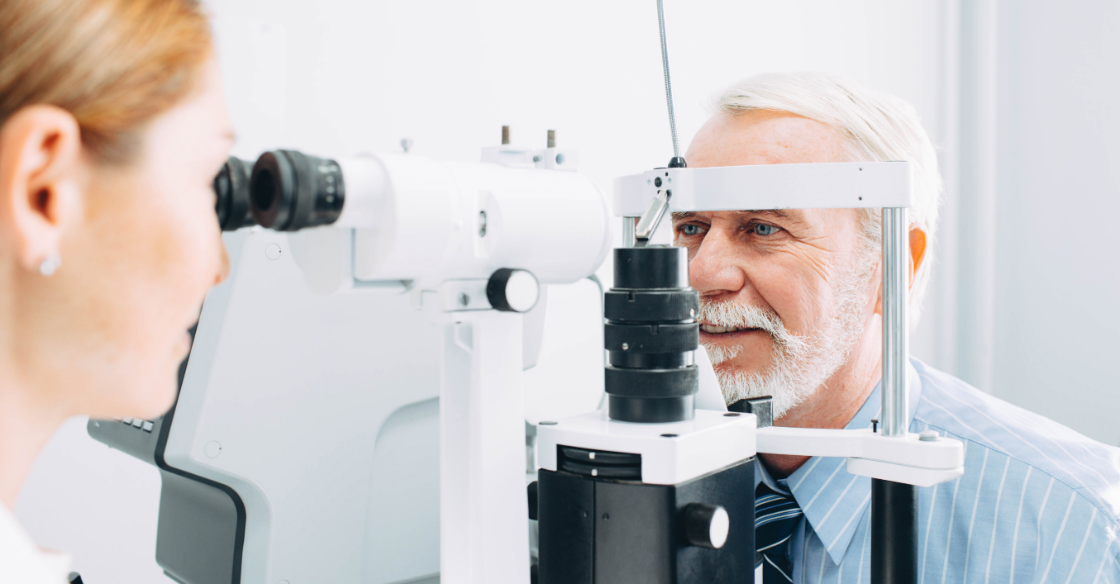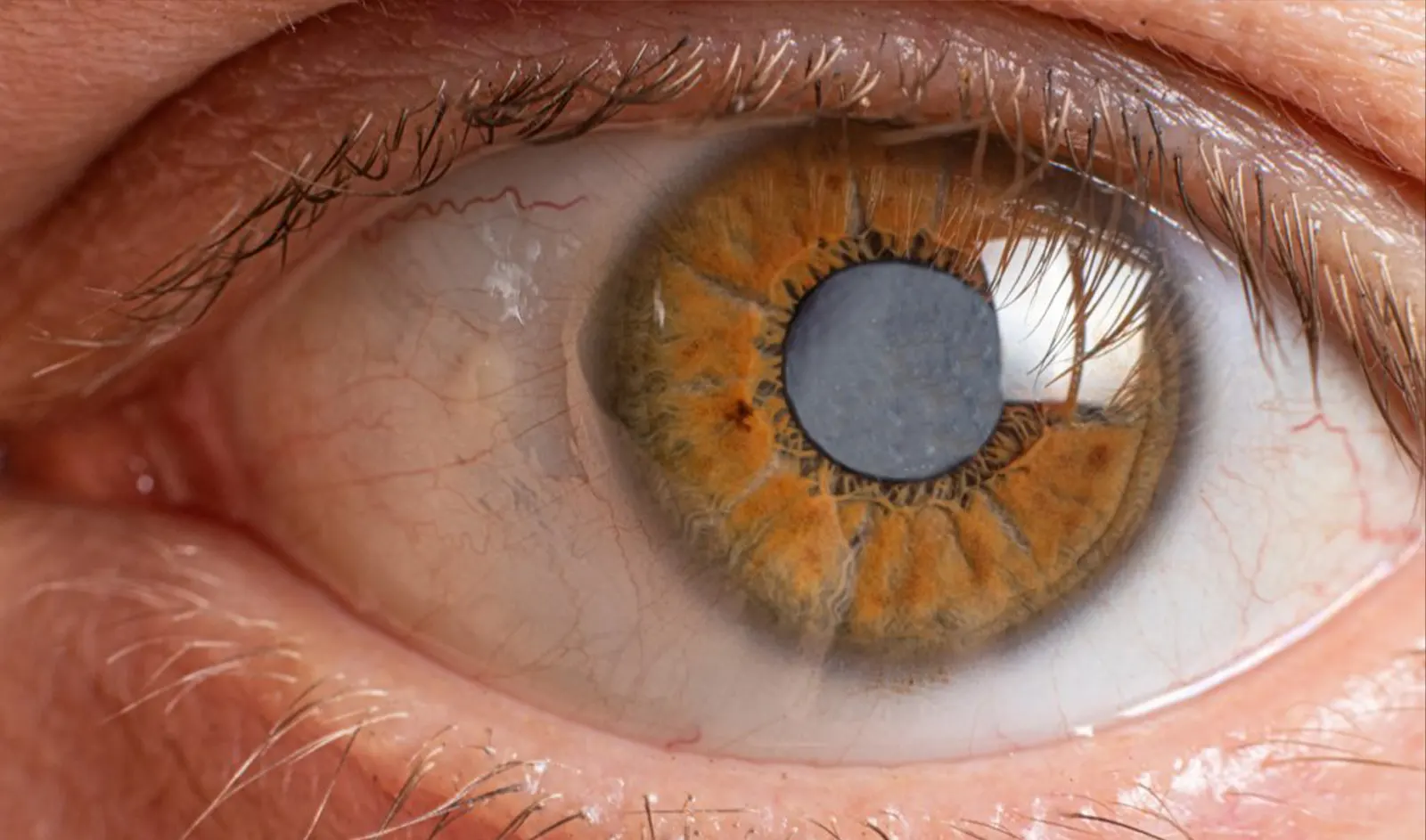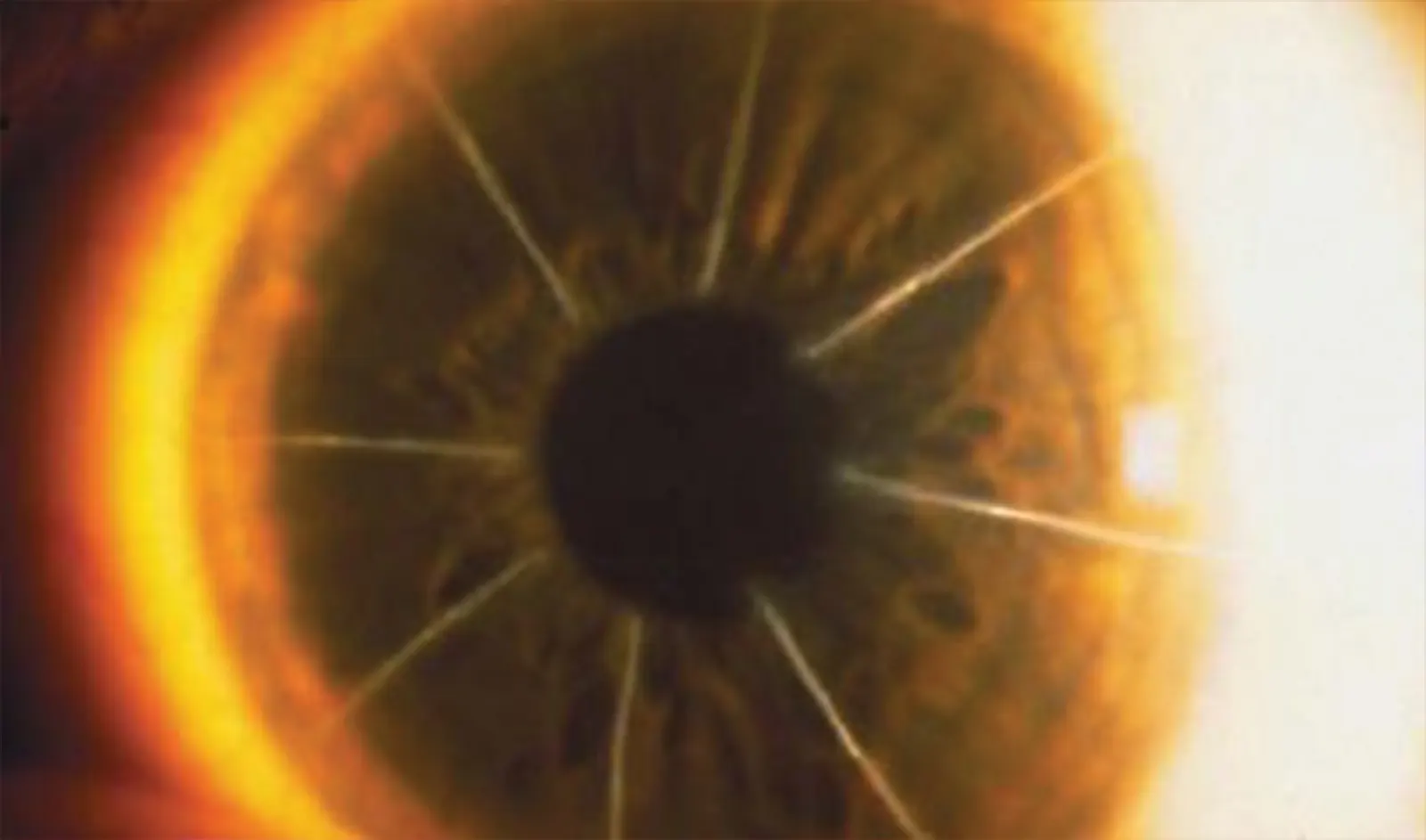Photorefractive keratectomy (PRK) is a corneal refractive surgical procedure that was developed in 1988. It was approved by the Food & Drug Administration (FDA) for the treatment of refractive error such as farsightedness, nearsightedness, and astigmatism between 1996-2000. There are certain refractive parameters that must be met for a patient to qualify.
PRK is often recommended for those who do not meet the criteria for laser-assisted in situ keratomileusis (LASIK). This might be because the patient’s cornea is too thin. It could also be because they’re at risk of damage to the flap. For example, professional athletes or those who engage in contact sports may be better candidates for PRK than LASIK. Patients with a corneal condition called epithelial basement membrane dystrophy (EBMD) may also be better suited to PRK.
While PRK may take a little longer to heal than LASIK, its visual outcomes are generally phenomenal.

It’s important for patients to undergo a thorough evaluation for consideration of PRK. A comprehensive eye examination will look for any problems that could interfere with an optimal outcome. There are important measurements taken at that time, such as refraction, pupil size, and corneal thickness. For the right candidate, PRK recovery is smooth and the outcome is fantastic.
However, like any surgery, there is a risk of PRK complications. Dry eye can result after PRK, though less commonly than with LASIK. Older age and female gender can increase this risk.
There is also a risk of infection, albeit exceedingly low. One study found the risk of microbial keratitis, a serious corneal infection, to be 0.0013%.
Another risk is that of over-or under-correction of refractive error.
There is also the possibility of corneal haze after PRK, though it generally resolves in 6-12 months. If it persists, it could interfere with vision.
Furthermore, there is a chance of decentration of the treatment zone. This could cause blur, halos, and glare that is not correctable with glasses.
Central corneal islands are another complication. In this case, there is uneven laser treatment centrally, resulting in small elevations of corneal tissue. These can cause blurry vision that is not correctable with glasses. This has usually only been a problem with VISX lasers, but software updates have decreased this problem.
Finally, a longer-term complication of PRK is corneal ectasia. This is when the thin post-surgical cornea starts to bulge, creating an irregular corneal surface. This results in visual symptoms such as blur, halos, and glare, which are not correctable with glasses.
Dry eye is treatable with a wide variety of modalities. Options include over-the-counter eye drops, prescription medications, punctal plugs, thermal pulsation, and other in-office procedures.
When photorefractive keratectomy results in over-or under-correction of refractive error, a patient may still have to wear glasses to see clearly. For these patients, a laser enhancement procedure is an option. This involves repeating PRK to correct the residual refractive error, in order to eliminate the need for glasses.
When the treatment zone is decentered and/or there are central islands, patients will experience blur, halos, glare, eyestrain, and headache. The cornea, instead of being smooth, is now irregular. Light is not focused properly through its bumpy exterior. The use of laser corneal reconstruction allows for customized treatment to smooth out the surface of the cornea.
Dr. Motwani uses the Wavelight Contoura topographical system, which maps out up to 22,000 individual points on the corneal surface. This enables him to apply the laser treatment precisely, targeting every little peak and valley on the corneal surface. The Wavelight Contoura is approved by the Food & Drug Administration (FDA) for the treatment of corneal irregularity. This allows for the reconstruction of the cornea and increased clarity of vision.
Corneal ectasia is an often-delayed complication that can occur from refractive surgery, including photorefractive keratectomy. When corneal tissue is removed with PRK, the remaining corneal bed needs to be sufficiently thick. If not, the weakened cornea can lose its structural integrity and start to bulge, usually inferiorly.
This is more common in patients who had especially thin corneas or high amounts of refractive error pre-operatively. It can also occur in patients who had a pre-existing corneal thinning condition such as keratoconus prior to undergoing refractive surgery.
Corneal crosslinking (CXL) is a procedure that helps with ectasia by lending strength to the corneal tissue. First, the outer corneal epithelial cells are sloughed off. Then, riboflavin eye drops are instilled and cured with ultraviolet light. This results in a strengthening of the bonds between the collagen layers of the cornea. By reinforcing the corneal tissue, CXL can halt the progression of ectasia.

When patients decide to undergo PRK, they dream of having perfect vision. It can be incredibly depressing when things don’t go as planned.
However, whether there is a residual refractive error, a decentered ablation, central islands, or ectasia, there is a treatment available. From a traditional PRK enhancement to laser corneal reconstruction to CXL, Dr. Motwani has a solution to offer.

Cataract Surgery is the most performed surgical procedure in the United States, and has a phenomenal track record for improving…
Read More
The treatment of trauma with topographic-guided ablation depends on the level of scarring caused by the trauma, the position of…
Read More
In the dynamic world of eye care, keratoconus treatment has become a focal point due to the condition’s impact on…
Read More